Blog
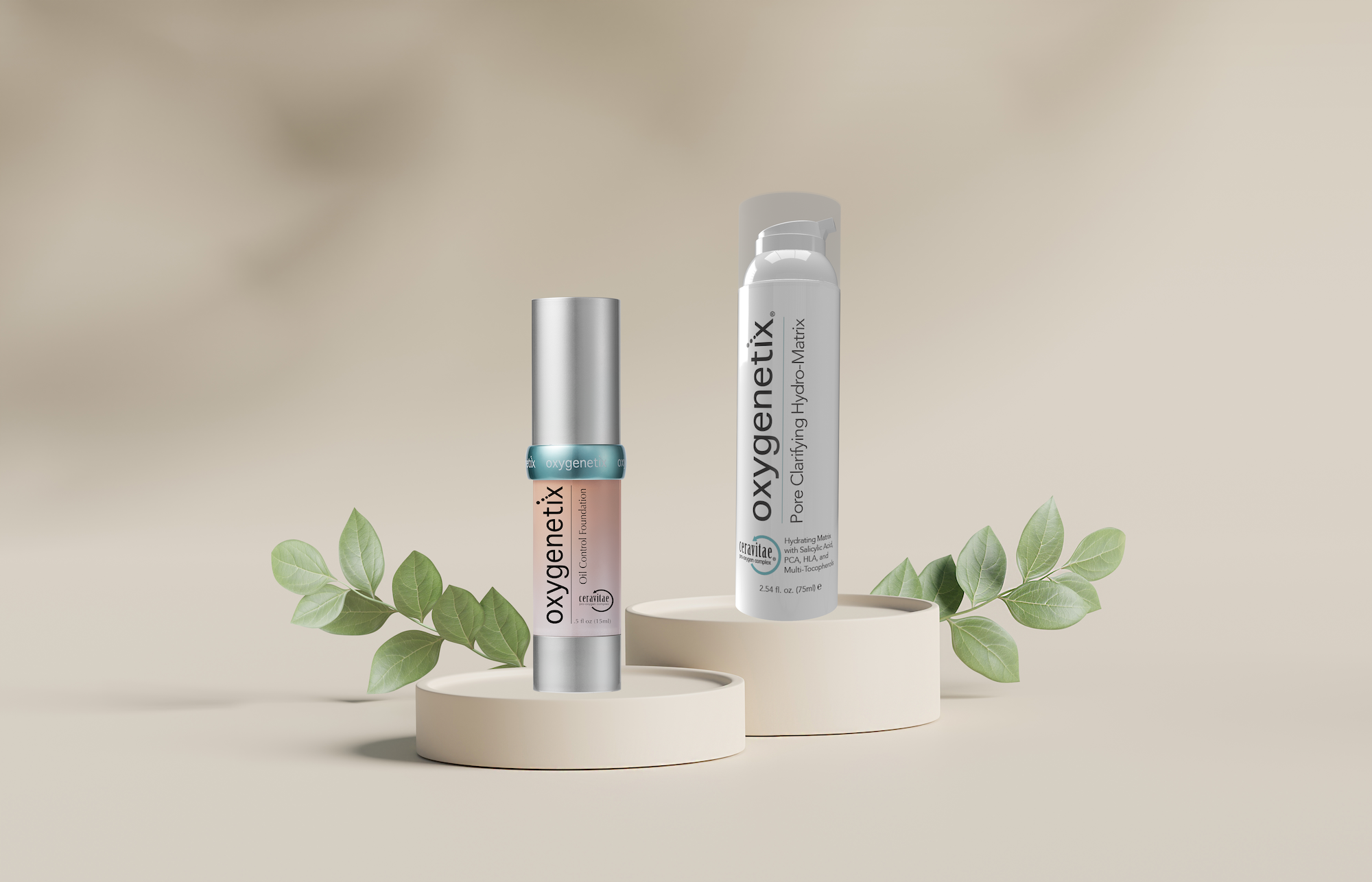
Tackle the T-Zone: Flawless Makeup Tips for Oily Skin Types
By prepping your skin with Oxygenetix Pore Clarifying Hydro-Matrix and using Oil Control Foundation, you can reduce shine, control oil, and enjoy breathable, beautiful coverage that lasts all day.
Read more
How Eggs Can Aggravate Acne-Prone Skin
While eggs offer many nutritional benefits, they can also pose problems for those with acne-prone skin
Read more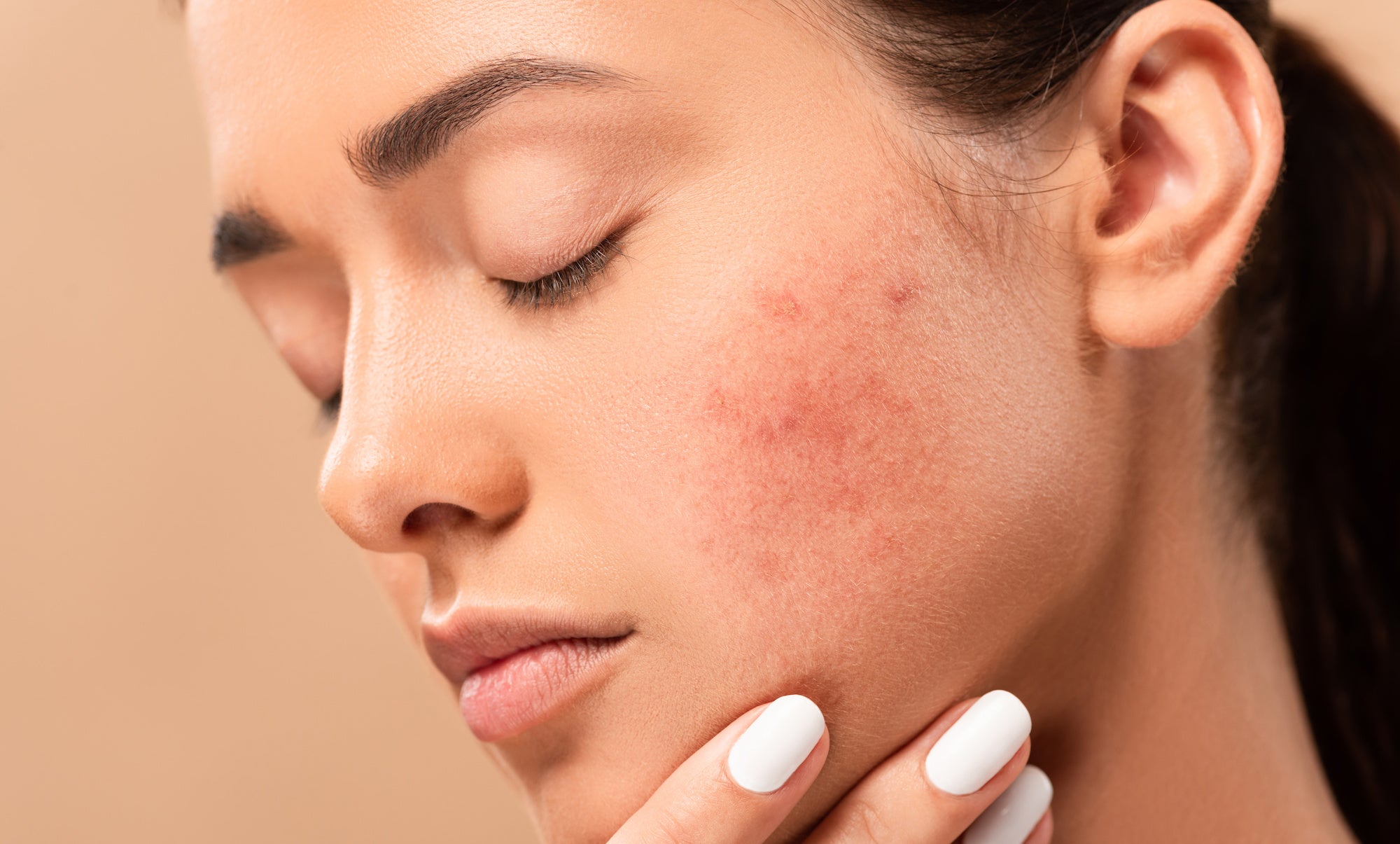
DIY Acne Treatments You Should Avoid and What To Do Instead
While there are several home remedies and treatments for acne that can be effective, there are also some methods that can potentially be harmful to your skin. Here are some examples of home treatm...
Read more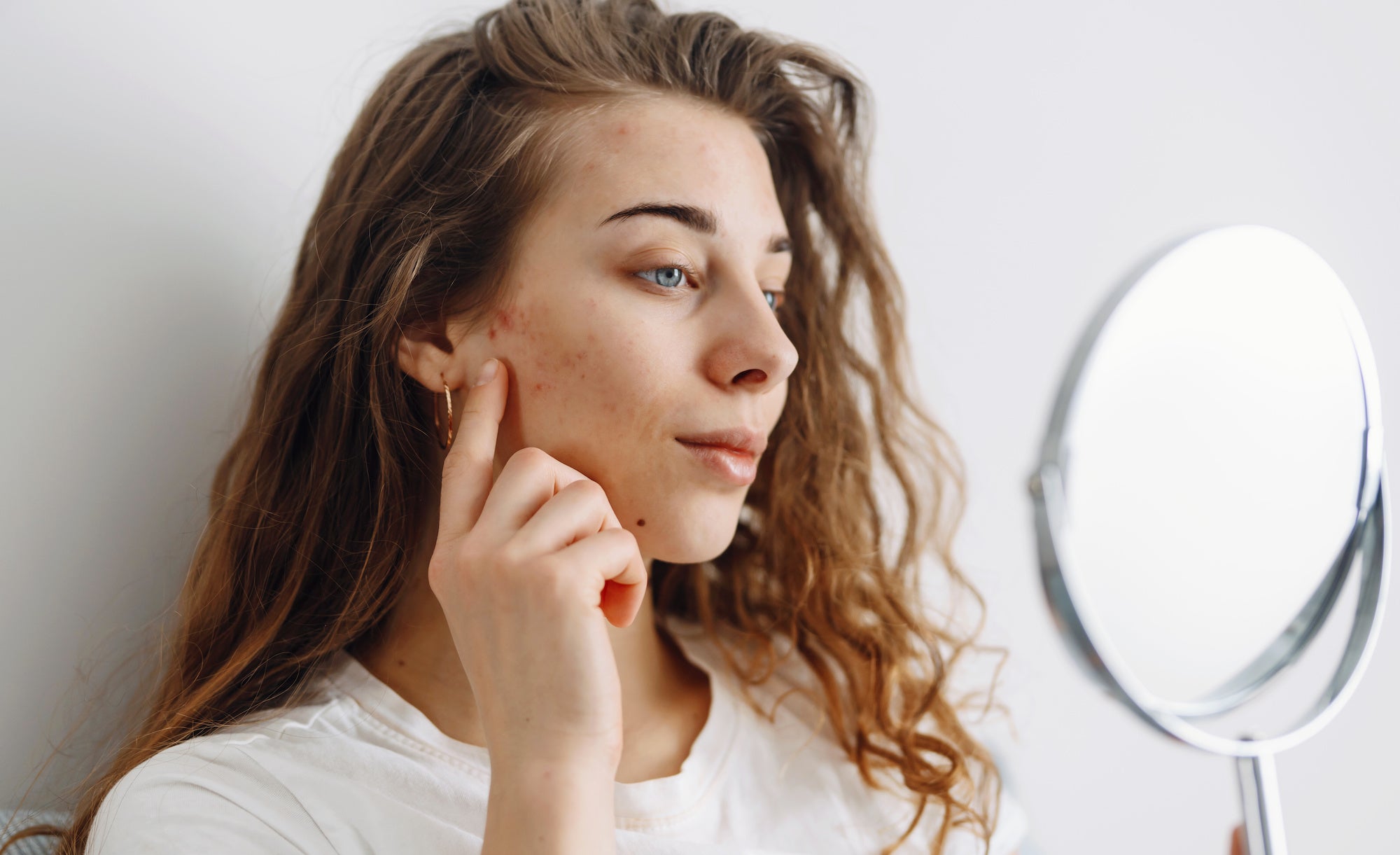
How To Cover a Pimple with Makeup That Actually Unclogs Pores
One of the most frustrating thing you can go through when breaking out is figuring out how to cover your pimples without making them multiply or get worse. Luckily, with Oxygenetix you don't have t...
Read more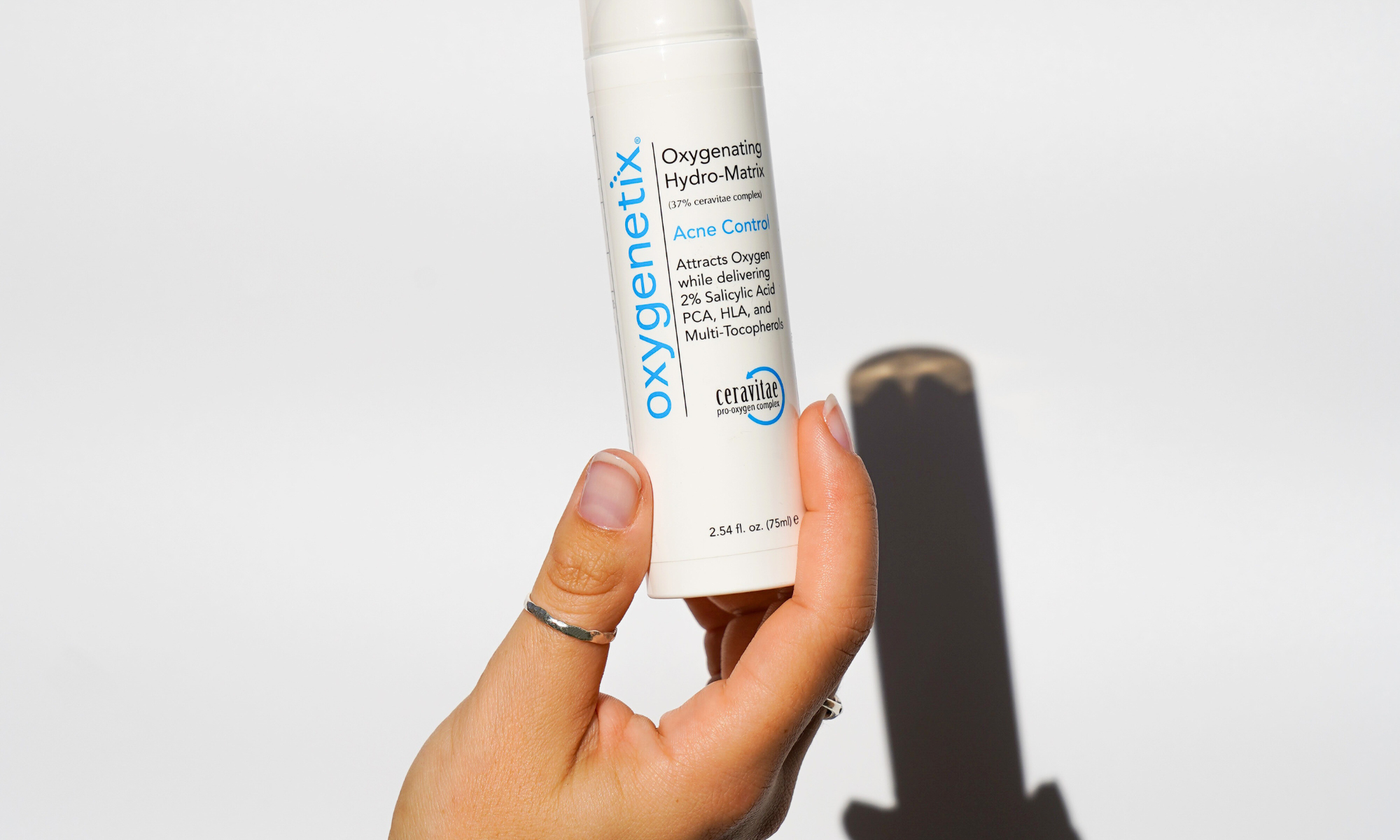
3 Reasons Salicylic Acid is a Game Changing Addition To Your Daily Skincare Routine
This powerful beta-hydroxy acid (BHA) has gained popularity in recent years due to its ability to address various skin concerns.
Read more
AviClear - The Revolutionary Acne Solution Transforming Skincare
Are you tired of battling stubborn acne? Say goodbye to frustrating breakouts and hello to clear, radiant skin with AviClear!
Read more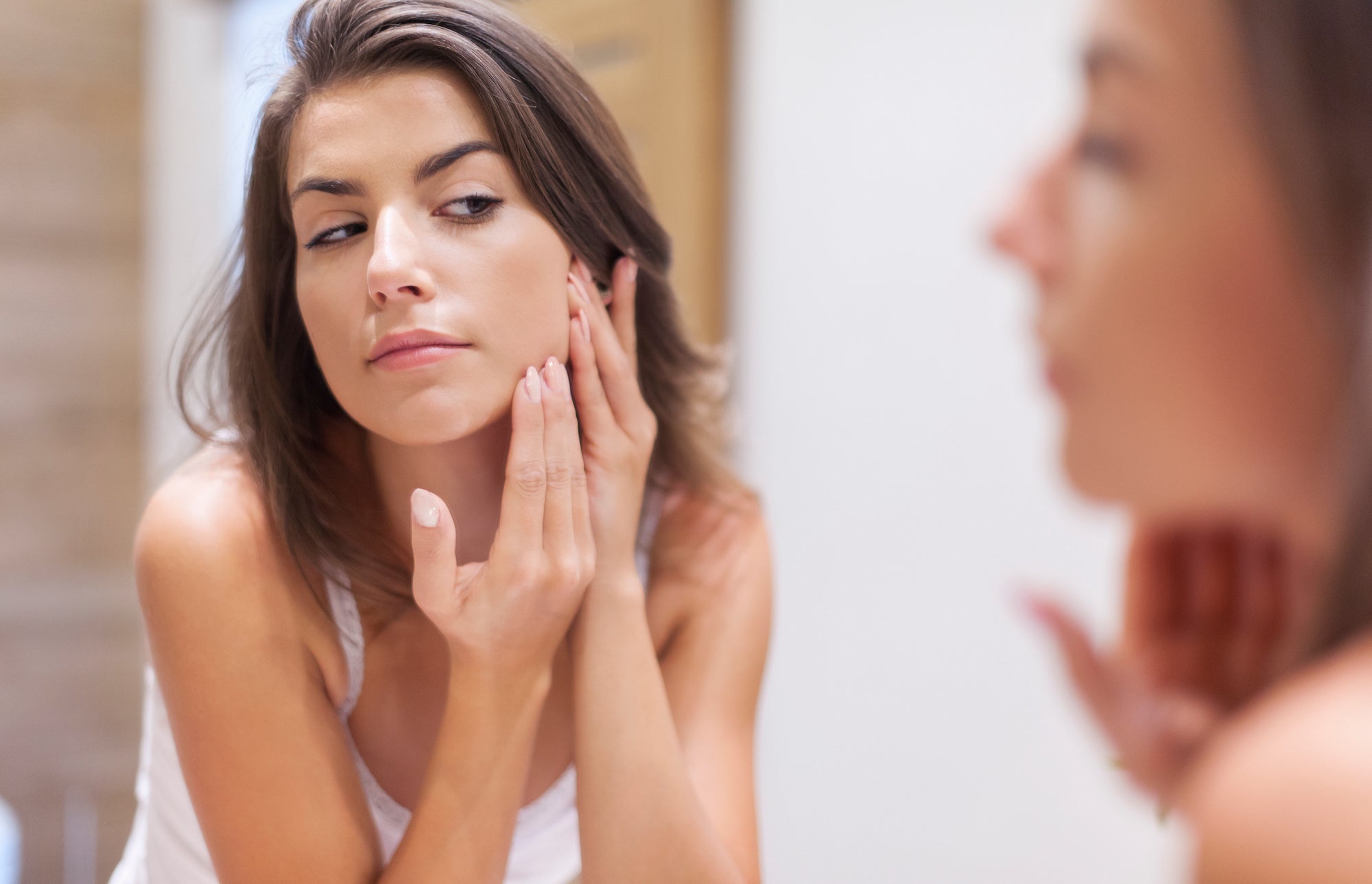
But fear not, my fellow makeup lovers! Oxygenetix has got you covered with our Acne Control Foundation.
Read more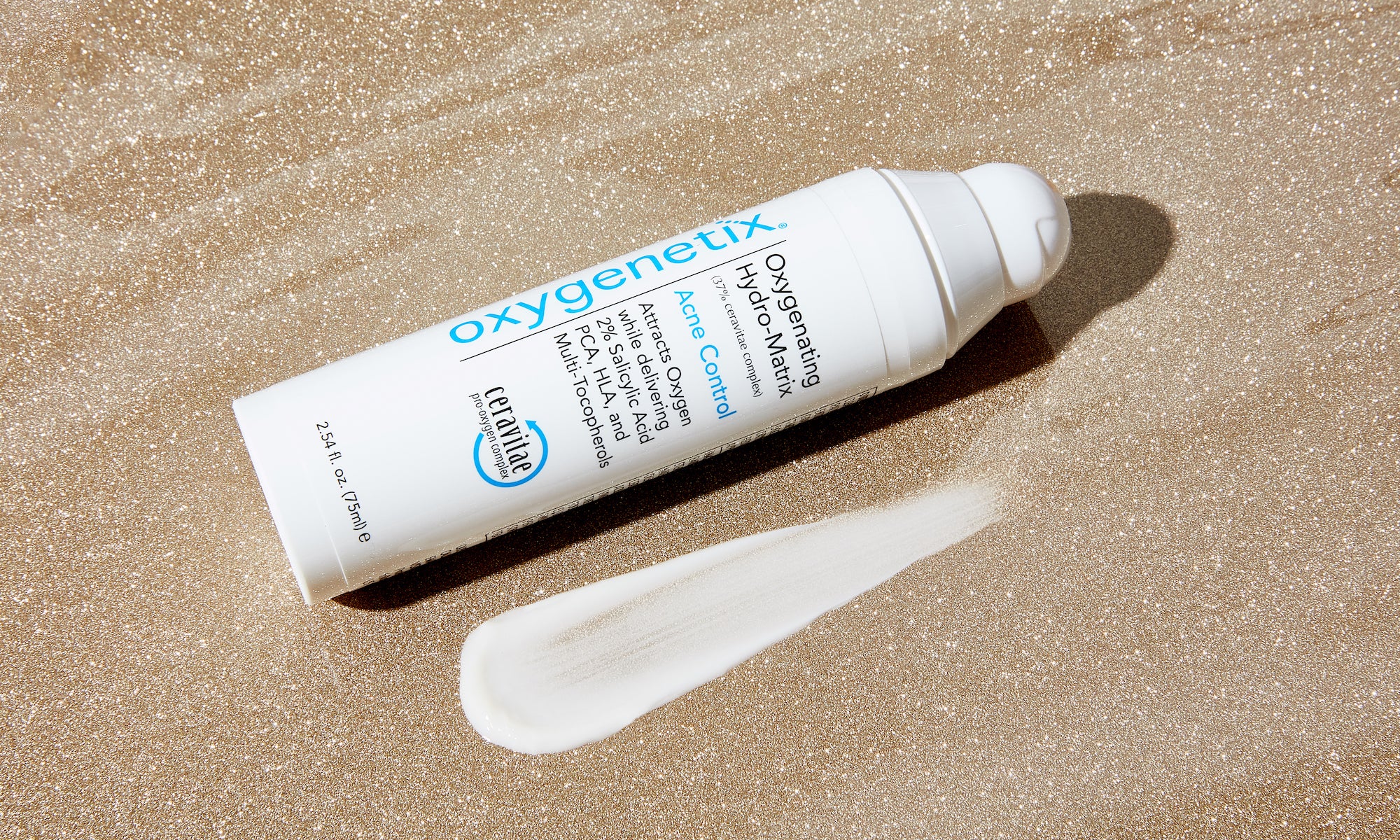
How to Choose a Moisturizer for Acne-Prone Skin
To take away some of the guesswork we have gathered some of the best ingredients and code words to look for in a moisturizer for acne-prone skin, and what to avoid.
Read more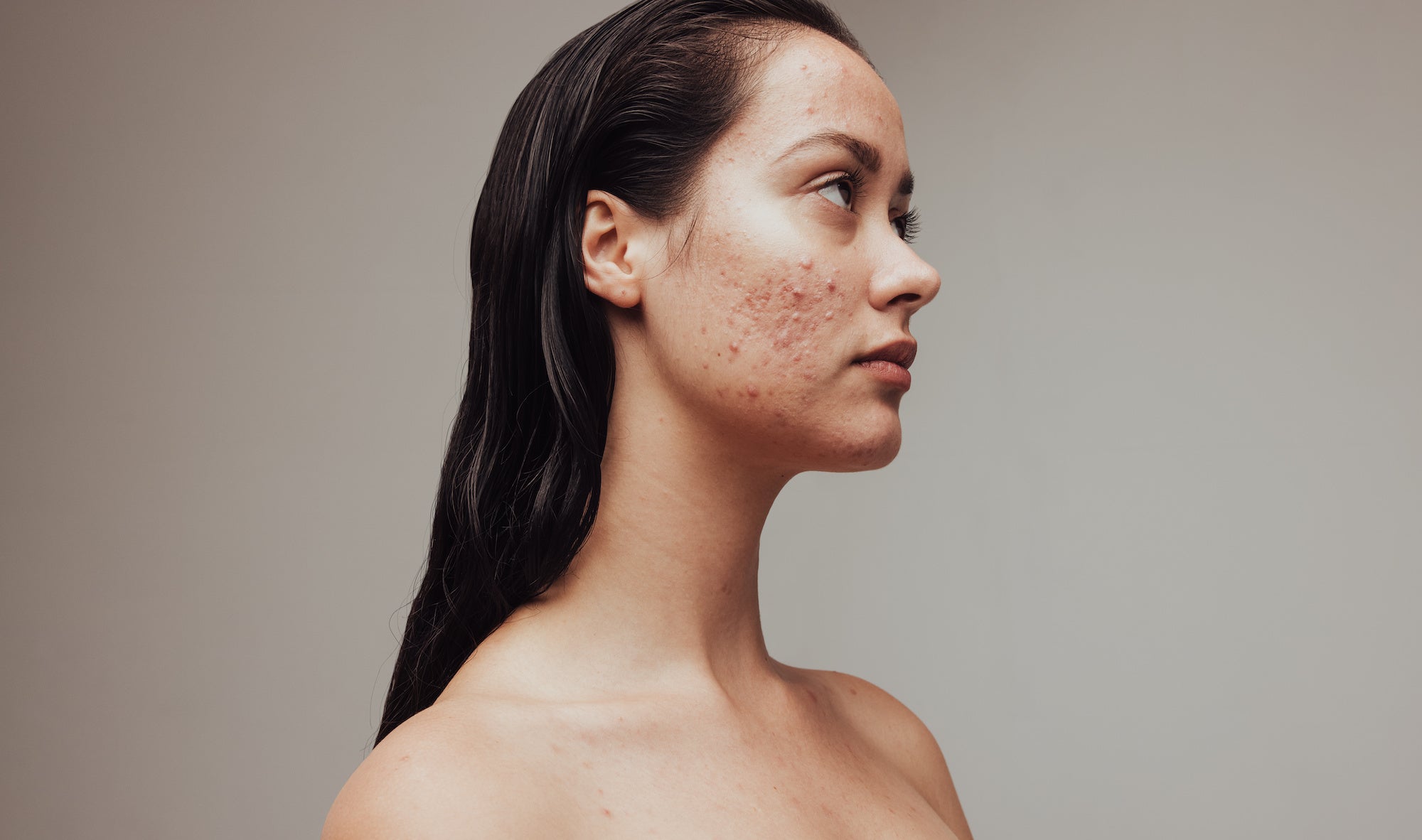
5 Things You Didn't Know About Acne
With June being Acne Awareness Month, we wanted to highlight five facts about acne that you may have never known before.
Read more
Comedogenic Ingredients In Cosmetics That Can Cause Breakouts
Dr. Raymond Schep, Oxygenetix Chief Chemist and skincare expert, shares with us the science behind clogged pores, and the most common comedogenic ingredients to avoid.
Read more